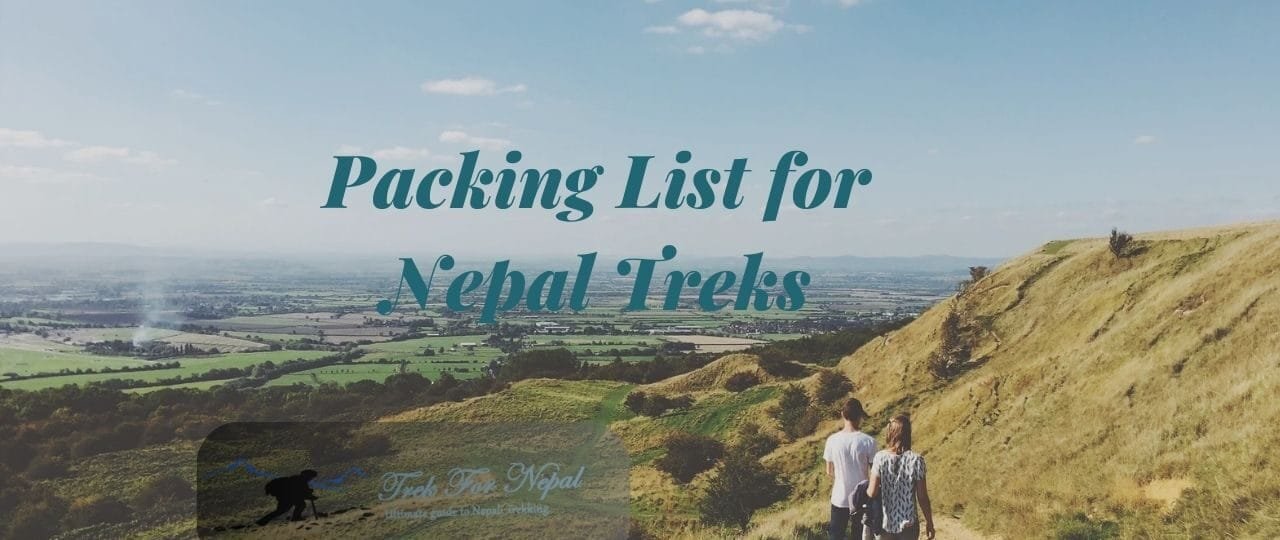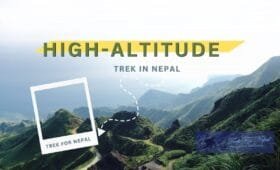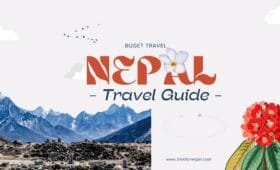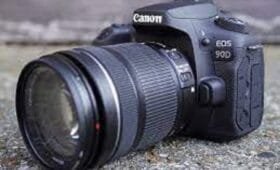Introduction:
Not sure what to pack for your Nepal trek? Whether you’re hiking to Everest Base Camp, exploring the Annapurna Circuit, or trekking through the lesser-known trails, having the right gear is essential for a comfortable and successful journey. Nepal’s diverse terrain and varying weather conditions mean that the right preparation can make or break your trekking experience. In this guide, we’ll go over everything you need to pack for your Nepal trek, with a focus on the essential items that will keep you safe, comfortable, and ready for adventure.
1. Clothing: Dressing in Layers for Comfort
The weather in Nepal can change dramatically, especially when trekking at higher altitudes. The best way to stay comfortable is to dress in layers, so you can adjust based on the temperature.
Essential Clothing
- Base Layer: Lightweight moisture-wicking clothes that keep sweat away from your skin.
- Insulating Layer: Fleece or down jacket to keep you warm during cold nights.
- Outer Layer: Waterproof and windproof jacket to protect you from rain and wind.
- Trekking Pants: Quick-drying and durable pants for movement and comfort.
- Trekking Shirts: Long-sleeve shirts to protect you from the sun and bugs, and short-sleeve shirts for warm days.
- Hats and Gloves: A warm hat for cold mornings and nights and a sun hat for daytime trekking.
Tip: It’s important to avoid cotton, as it absorbs moisture and takes too long to dry, which can cause discomfort or even hypothermia in cold weather.
2. Footwear: Protecting Your Feet for Long Treks
Your feet are your most important asset while trekking, and having the right shoes can make a world of difference.
Essential Footwear
- Trekking Boots: Choose boots that are waterproof, durable, and provide ankle support for rough terrain.
- Trekking Socks: Merino wool socks or synthetic options that wick moisture and prevent blisters.
- Camp Shoes: Lightweight sandals or sneakers to wear around camp in the evenings.
Tip: Break in your boots before your trek to avoid blisters and discomfort during the hike.
3. Sleeping Gear: A Good Night’s Rest
Whether you’re staying in teahouses or camping, ensuring a good night’s rest is key to staying energized throughout your trek.
Essential Sleeping Gear
- Sleeping Bag: A high-quality sleeping bag rated for cold temperatures, as it can get chilly at night, especially at higher altitudes.
- Sleeping Bag Liner: To keep your sleeping bag clean and add extra warmth.
- Sleeping Pad: For comfort and insulation from the cold ground.
Tip: Many trekking routes, like Everest Base Camp, have teahouses that provide basic bedding, but a sleeping bag liner will keep you more comfortable.
4. Trekking Gear: Don’t Leave Without These Essentials
Several key items are necessary to ensure your safety and comfort while trekking in Nepal.
Essential Trekking Gear:
- Trekking Poles: These help reduce strain on your knees and improve stability on uneven terrain.
- Backpack: A daypack for daily trekking and a larger backpack for your main gear.
- Headlamp/Flashlight: Essential for early morning starts and late-night walks. Don’t forget extra batteries!
- Water Bottles or Hydration System: Carry enough water for the trek, and make sure you have purification tablets or a filtration system to ensure clean water.
- Sun Protection: Sunglasses, sunscreen, lip balm with SPF, and a hat to protect yourself from the intense sun.
- First Aid Kit: A basic first aid kit with bandages, antiseptic cream, and pain relievers.
Tip: A hydration system (like a Camelbak) is convenient for keeping water accessible without stopping to open bottles.
5. Food and Snacks: Fuel for the Trail
Trekking in Nepal can be exhausting, so you’ll need snacks to keep your energy up during the day.
Essential Snacks
- Energy Bars: Easy-to-carry snacks that provide quick energy during long treks.
- Nuts and Dried Fruits: Great for quick, nutritious bites.
- Chocolates: A sweet treat to boost your morale and provide an energy surge.
Tip: Many trekking routes have teahouses that provide meals, but having snacks ensures you’ll have energy during the trail between stops.
6. Personal Items: Keep These Handy
In addition to your trekking gear, there are a few personal items that will make your trek smoother and more enjoyable.
Personal Items
- Passport and Permits: Keep your passport and any trekking permits (like TIMS or national park entry permits) safe and accessible.
- Camera/Smartphone: Capture the stunning landscapes, but don’t forget extra memory cards and chargers.
- Toiletries: Toothbrush, toothpaste, wet wipes, hand sanitizer, and biodegradable soap.
- Personal Medications: Carry any prescription medicines you may need, as well as altitude sickness medication like Diamox.
Tip: Consider packing in a dry bag or ziplock bags to protect electronics and important documents from moisture.
7. Optional Items: Extras to Make Your Trek More Comfortable
If you have room, here are some optional items to enhance your trek.
Optional Items
- Gaiters: To protect your legs from snow, dirt, or mud.
- Camera Tripod: For better landscape photography.
- Journal: To document your experiences.
- Binoculars: For birdwatching and wildlife spotting.
Conclusion
Packing for a trek in Nepal can seem daunting, but with this comprehensive list of essential trekking gear and tips, you’ll be prepared for any trail you choose. Whether you’re headed to Everest Base Camp, Annapurna Circuit, or a lesser-known route, ensuring you have the right gear will make your trek more enjoyable and safe.
Take the time to pack wisely, and you’ll be ready to experience the majestic beauty of Nepal’s Himalayas with confidence.
FAQ Section
1. What should I pack for trekking in Nepal?
You should pack lightweight, moisture-wicking clothes, good trekking boots, a sleeping bag, trekking poles, and personal essentials like a camera, water bottles, and first aid kit.
2. Do I need special gear for Everest Base Camp or Annapurna?
Yes, both routes require durable gear for high altitudes. Ensure you have proper clothing for cold weather, a high-quality sleeping bag, trekking poles, and a first aid kit.
3. Can I buy gear in Kathmandu or Pokhara?
Yes, both cities offer a variety of trekking gear shops where you can purchase or rent essential items.
4. Should I bring a water purifier?
Yes, it’s recommended to bring water purification tablets or a filter to ensure clean drinking water while trekking.
5. Do I need to bring my own food?
Most treks in Nepal have teahouses along the way that serve food, but it’s good to bring energy bars and snacks for between meals.
Get in Touch for More Information!
Have questions about our treks or tours? Book now or Contact us and we’ll guide you every step of the way!




